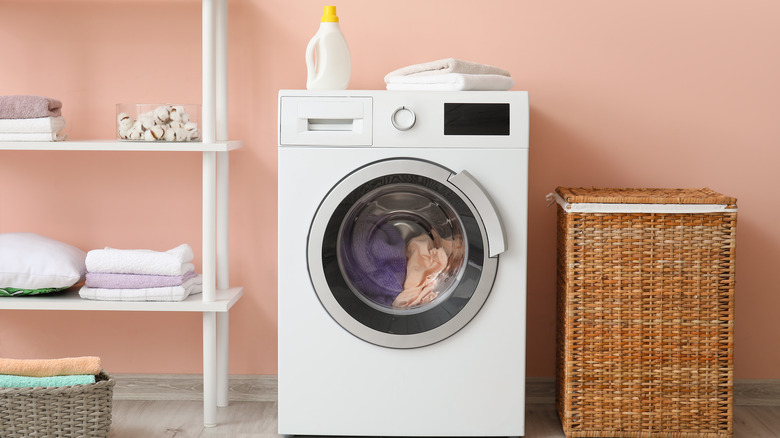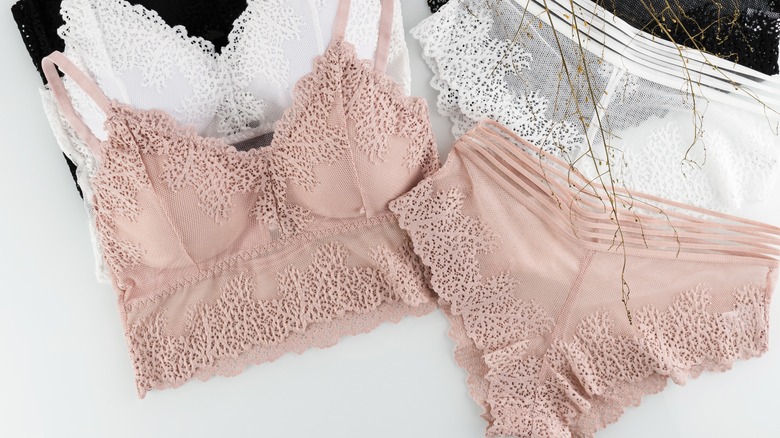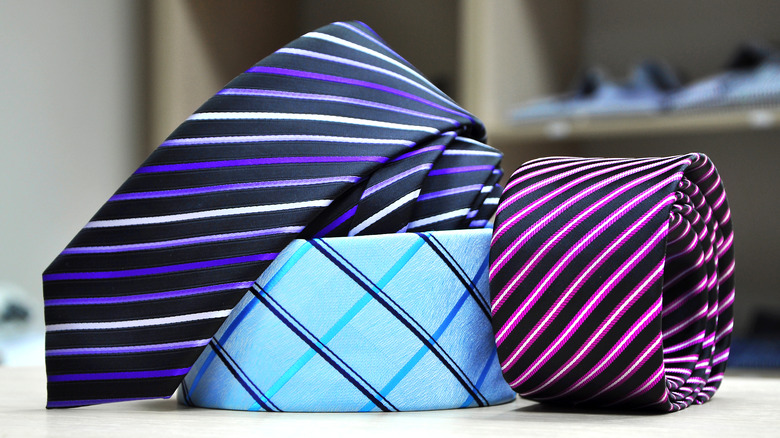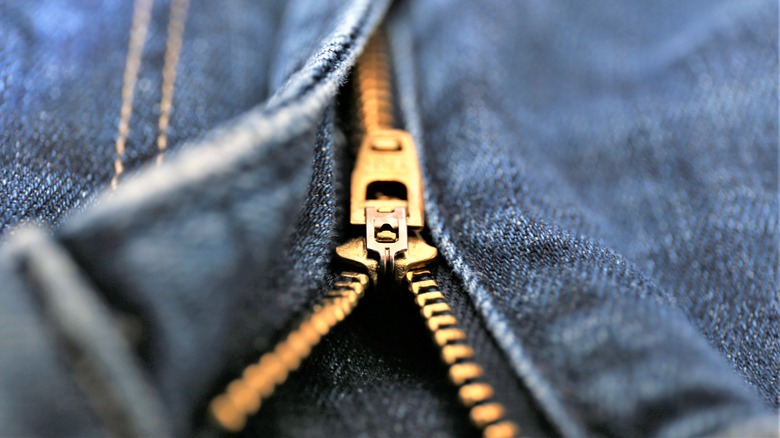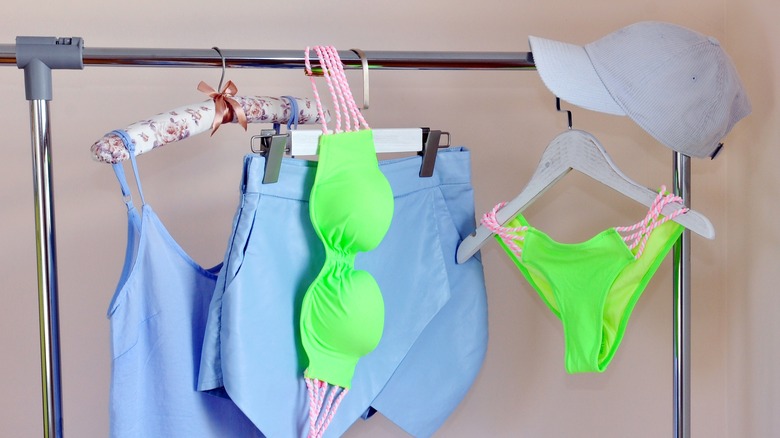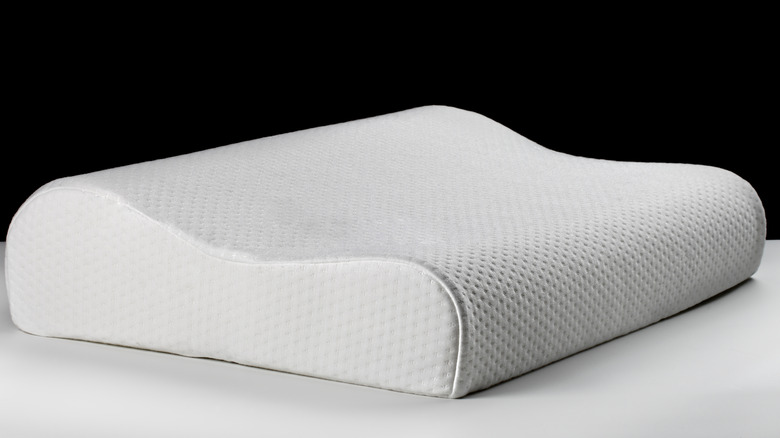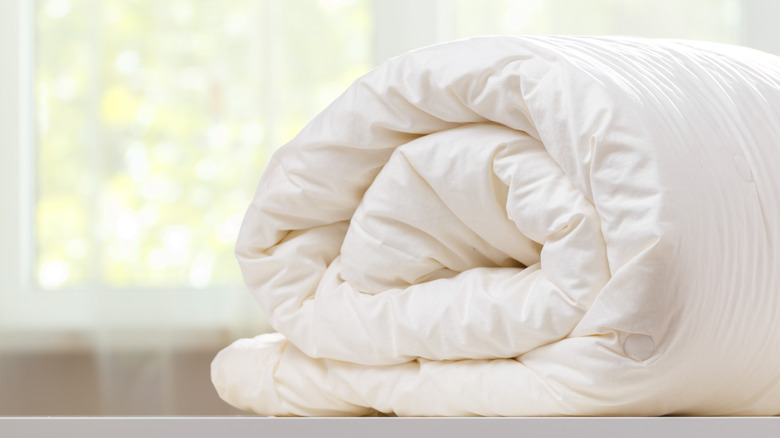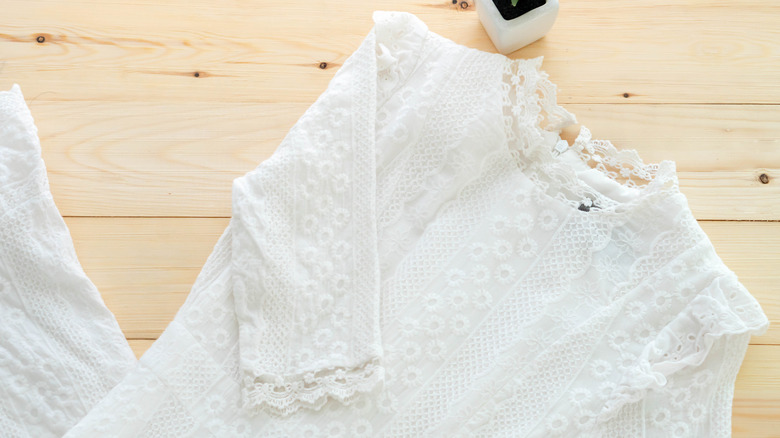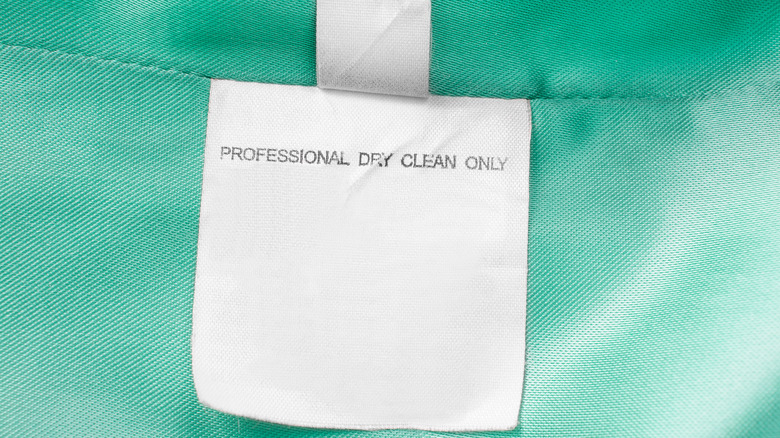Things That You Should Never Wash In Your Laundry Machine
Washing machines are a modern convenience that most of us would have a hard time living without. They can be a real time-saver and greatly simplify the necessary task of getting clothing, linens, and other laundry items clean. One of the many advantages of these laundry machines is that they offer several cycle and water temperature settings designed to effectively clean a wide range of items.
However, even with all of these different laundry machine settings, there are some items that you should not try to clean in the washing machine. Some of these items may be damaged. Others could potentially cause damage to the machine itself. Either way, it is important to understand what you can and cannot clean in the washer to prevent damaging any of your belongings or the machine. Continue reading to learn more about some of the items that you should never try to clean in your home's washer.
Delicates and lingerie
Putting your delicates and lingerie in the washing machine is not a good idea. They are much easier to damage than the stronger fabrics used for other clothing items and may tear, stretch, or snag if cleaned in the washer. Washing your bras and other delicates in a load with your other clothes is a particularly bad idea. Rubbing against the more abrasive fabrics can negatively impact the appearance of the fabrics. Moreover, wires, hooks, or strings from your lingerie and delicates could get stuck on another item in the wash, leading to a tangled mess.
If you must wash your delicates in the washing machine, always use a lingerie bag to keep them protected as much as possible. You should also wash them in a separate load on a delicate or gentle cycle. However, the ideal option is to hand wash these items and air dry them. This will help protect the fabrics and keep everything looking its best.
Purses
Our purses go with us everywhere. They can get dirty easily with how much they are used and the different environments and conditions they are exposed to. While it is a good idea to keep your purse clean, using the washing machine to accomplish this goal is not advisable. Even if your purse is made from fabric, cleaning it in the washer is asking for trouble. Some purses have special liners that help them keep their shape. Washing them in the machine can lead to warping and distort the shape of the purse.
Other purses have logos or other embellishments. If you toss the purse in the washer, these embellishments are likely to become damaged, tear off the purse (damaging the material itself too), or melt and warp. Always follow the manufacturer's care instructions when cleaning your purse. Some may be able to be washed by hand, but others may require spot-cleaning and simply wiping using a soft cloth.
Suits
Suits are another item that you don't want to try to wash in your washing machine. You likely spent a lot of money when you purchased your suits. You don't want that money to go to waste by ruining them in the washer. Part of the reason suits are more expensive than other garments is due to the high-quality fabrics used to make them. Your washing machine or agitator can damage these fabrics, even if you choose a gentle cycle. Washing your suit in the machine can also cause it to lose some of its shape and it may not lay correctly on your body.
The best way to clean suits is to bring them to a dry cleaner. Dry cleaners get items clean without the use of water. Rather, special chemical cleaners are used to freshen up the fabrics. While dry cleaning is advised, it is also important to remember that you shouldn't bring a suit to the dry cleaners after only one wear. Dry cleaning them too frequently may also lead to damaged fabrics. To extend the length of time your suits can go between dry cleanings, try to give them at least 24 hours to hang and breathe before wearing them again. You can also use a steamer to release wrinkles and ensure that your suit looks pressed and professional.
Ties
As a general rule, your ties do not need to be washed as frequently as the rest of your clothing items. In fact, it is best to avoid cleaning them, unless it is necessary. Ties are made using more delicate fabrics that are more likely to be damaged when they are cleaned. Moreover, the stitching patterns on ties are also more intricate, and washing could mess up the stitching or the way the tie lies.
When you do need to clean a tie, you should not attempt to do so in the washing machine. The wash cycle can be too harsh on the fabric or the form of the tie and is likely to result in disappointment when you remove the tie from the machine. Instead, the best way to clean a tie is either to dry clean it or wash it by hand. You'll want to consider the tie's fabric and consult with the manufacturer's care instructions to determine which is the best choice for your ties. Silk and wool ties should be dry cleaned, while knit, cotton, microfiber, and some other materials can be hand washed. If you do choose to hand wash a tie, be sure to air dry it. The heat from the dryer could mess up the tie's lining.
Clothing with an open zipper
Before you put any laundry in your washing machine, always check to make sure that all of the zippers are zipped up. Zippers are made up of several tiny teeth that connect together when the zipper is closed. However, when the zipper is open, all of these teeth are exposed. If you've even accidentally swiped your hand or wrist against the teeth when trying to zip up a pair of pants, then you know that the teeth are pretty sharp.
If a zipper is down when a garment is being washed, the sharp teeth will rub against the other items in the load. This can cause snags, tears, or holes in the items that come into contact with the zipper. Similarly, any time you are washing items with hooks or snaps, you should also do them up before washing to avoid the sharper edges rubbing against the items in the load of laundry. Buttons are the exception to this rule. They don't have sharp edges that could damage other items. Moreover, when a clothing item is being agitated, more stress will be placed on the thread holding the button in place if it is done up than when it is open.
Clothing with a flammable stain
When we get a stain on an article of clothing, our first instinct is to wash it right away to help make sure that the stain is removed. However, if your clothes are stained with a flammable substance, the last thing you want to do is to put it in your washing machine to clean. Flammable substances — such as gasoline, cooking oil, paint thinner, and alcohol — could potentially start a fire or cause an explosion if they are put in the washer.
So, what are you supposed to do with clothing or linens that have a flammable stain? Before you can think about starting a cycle on your washing machine, the first thing you'll need to do is to get rid of the stain. Baking soda can be effective for this task. Mix baking soda with some water in a 2:1 ratio. Work the paste into the stain, let it sit, and rinse it away. Depending on the severity of the stain, you may need to repeat the process a few times to fully remove it and feel comfortable cleaning the item in your washer.
Bathing suits
The best way to clean bathing suits is to hand wash them. Even if your bathing suit's tag says that it can be cleaned in the washing machine, you're running a risk of damaging it. Swimsuits are often made of spandex or nylon. Both of these materials are very delicate and will snag easily. When you wash your suit in the machine, especially with other items, it can easily rub against something that is rough or sharp — like a zipper — which could end up ruining the suit altogether.
Hand washing offers a much safer and gentler solution for your favorite swimwear. Soak your bathing suits in a tub of cool water and mild hand soap for about 10 to 15 minutes. Use your hands to work the soap into the fabric to release residual dirt, sunscreen, or pool chemicals, then rinse the suit to remove all of the soapy water. Ideally, you should hand wash your swimsuits every time they are worn to help them last as long as possible. If you won't be able to give your suit a full wash each time it is worn, be sure to at least rinse it out with water between uses.
Memory foam pillows
Solid memory foam pillows should never be cleaned in the washing machine. Submerging these pillows in water can ruin them; they act much like a sponge and will absorb too much water. This could cause the memory foam to break down. Similarly, the wash cycle on your machine can also be detrimental to a memory foam pillow. It could damage the pillow's materials and decrease the length of time that it will last. The best way to clean solid memory foam pillows is by hand. If the pillow has stains, you can spot-clean them using a cloth to blot the stained area. If your memory foam pillow has developed an odor, you can sprinkle baking soda over it to deodorize it.
Some shredded memory foam pillows (pillows that are not a solid block of memory foam) may be machine washable. You should always double-check the manufacturer's recommendations before putting one in the washing machine, though. If machine washing is allowed, be sure to choose a gentle cycle and use a mild detergent.
King-size comforters
In many cases, washing a king-size comforter at home will not be a good idea. Many home machines are too small to leave enough space for such a large comforter to move around the drum. Moreover, if you have a washer with a central agitator, it can also impede the movement of the comforter. Without sufficient space to move around through the soapy water, the comforter will not be cleaned properly.
So, how big should your washing machine be to consider cleaning your king-size comforter at home? It will need to have a capacity of at least 5.0 cubic feet to provide sufficient room for the comforter to move around and get thoroughly cleaned. If your washer has a capacity of less than 5.0 cubic feet, you're best bringing your comforter to a laundromat with larger machines. Alternatively, you could consider bringing it to the dry cleaners.
Lace
In nearly all cases, you'll be better off if you choose to hand-wash lace garments instead of trying to clean them in the washer. Lace, which can be made from linen, cotton, or synthetics, is a very delicate fabric. It can easily be snagged, torn, or otherwise damaged. As we shared earlier, when you wash items in a washing machine, they rub against one another or could get caught on hooks or zippers. Taking this risk with your lace items is just asking for trouble.
Gentle hand washing is the best option for cleaning your lace delicates and other garments. Fill a basin with cool water and a little mild detergent. Place the item in the tub and allow it to soak for 10 to 15 minutes before gently agitating it — do not rub or scrub, or you'll risk damaging the lace. Drain the tub and refill it with cool water. Gently pull the item through the clean water to rinse away any soapy residue. Repeat until all the water stays clean. Once rinsed out, squeeze — don't wring — to remove excess water and lay the item flat to dry.
Clothing or linens labeled dry clean only
Any items with a "dry clean only" tag should not be cleaned in your washing machine. The manufacturer chose to add this instruction to their label to protect the garment and preserve its structure and integrity. Attempting to wash these garments or linens in your machine just isn't a good idea.
The specific damage that can occur will vary based on each item. Some potential problems washing a dry clean only item at home could cause include shrinkage, stretching, pilling of the fabric, a change in the fabric's texture, bleeding of the fabric dyes, or destruction of embellishments, such as sequins or beading. While dry cleaning will be more expensive than washing the item at home, it will be less expensive than what you'll need to spend to replace a damaged garment.
You may also notice that some tags may say "dry cleaning recommended." For these items, you may be able to wash them in your machine using a gentle cycle. However, you are still likely to see the best results if you take the garment to a professional to be dry cleaned, as that is what is most recommended by the manufacturer.
